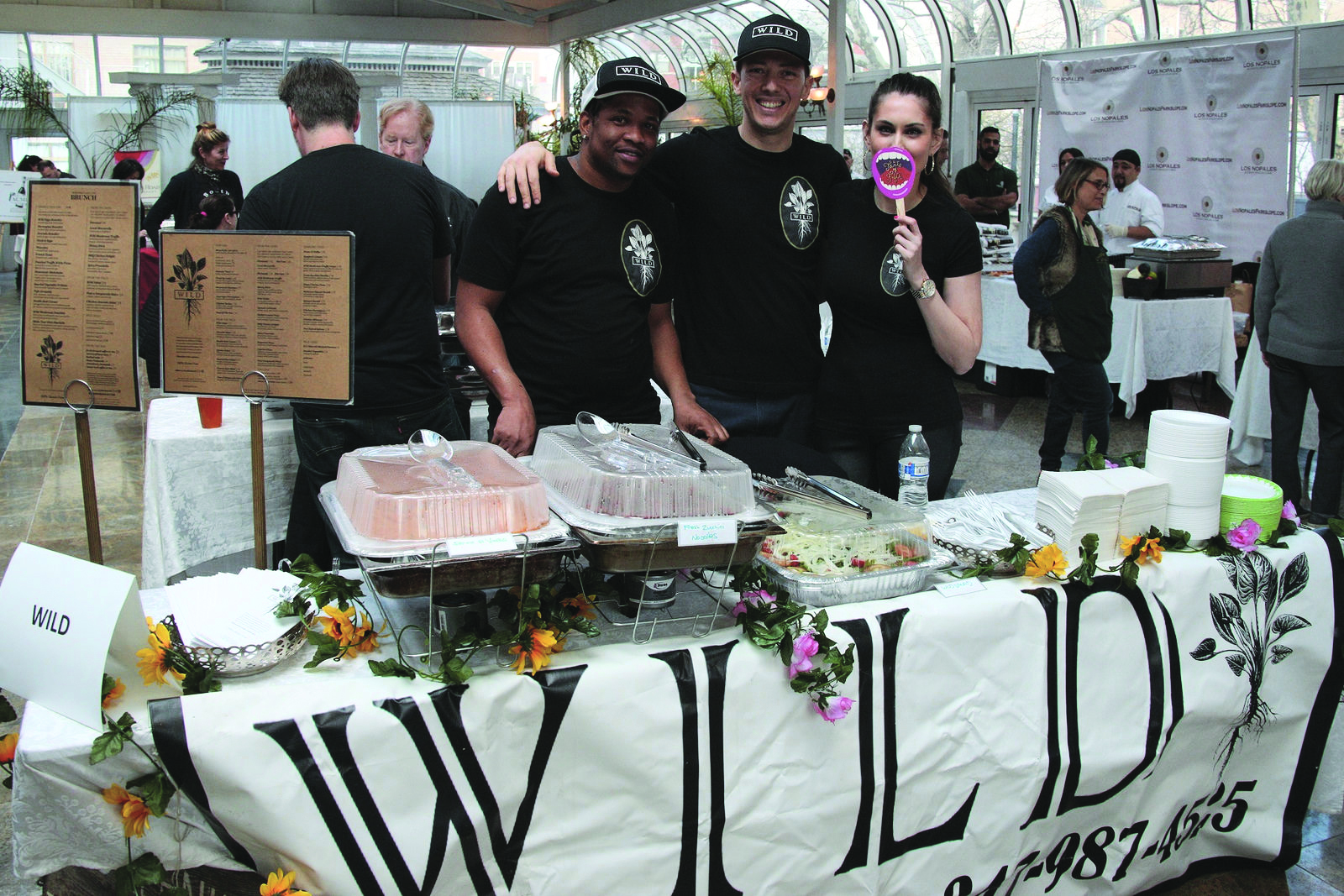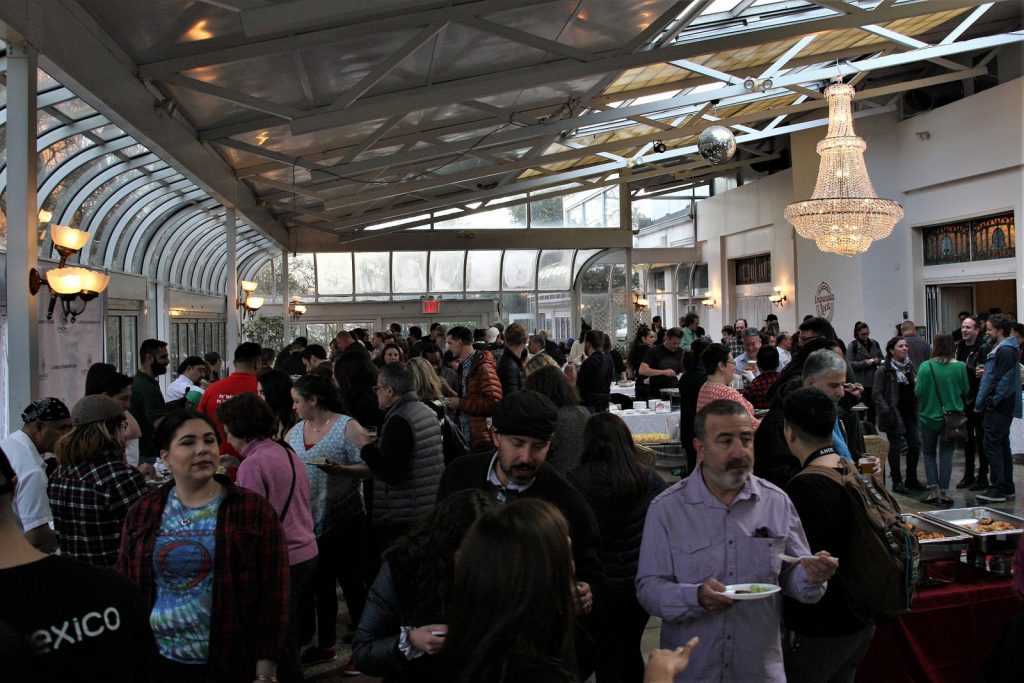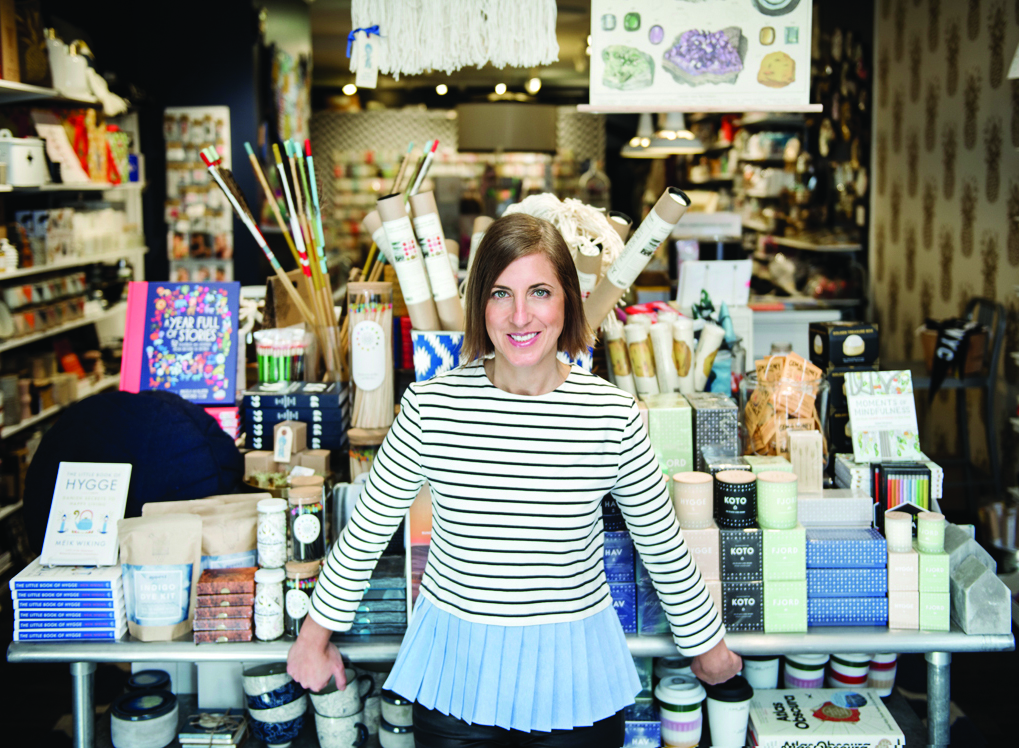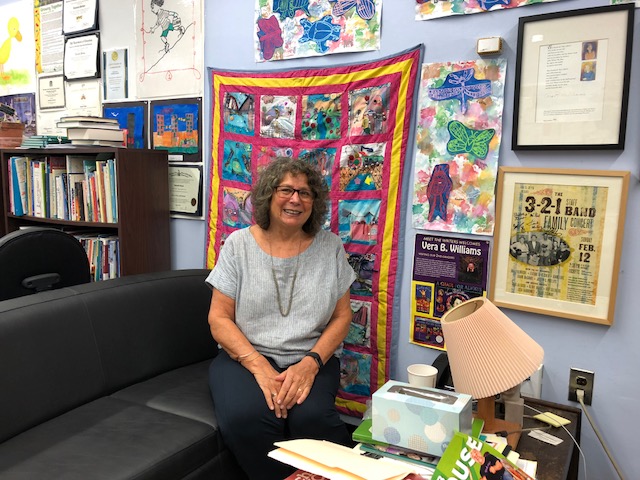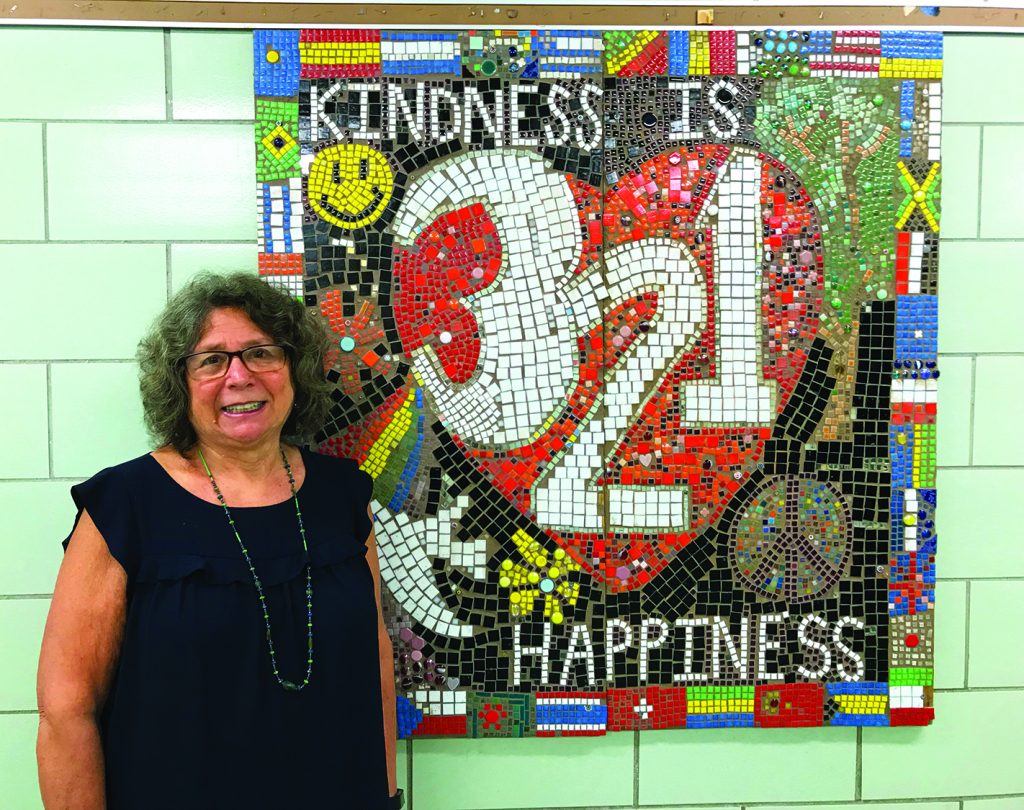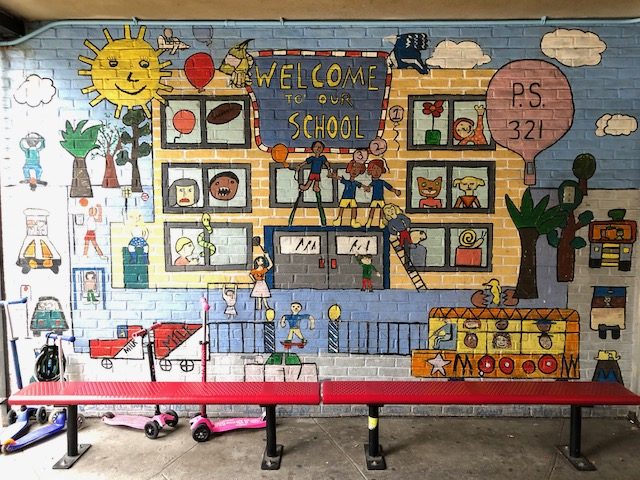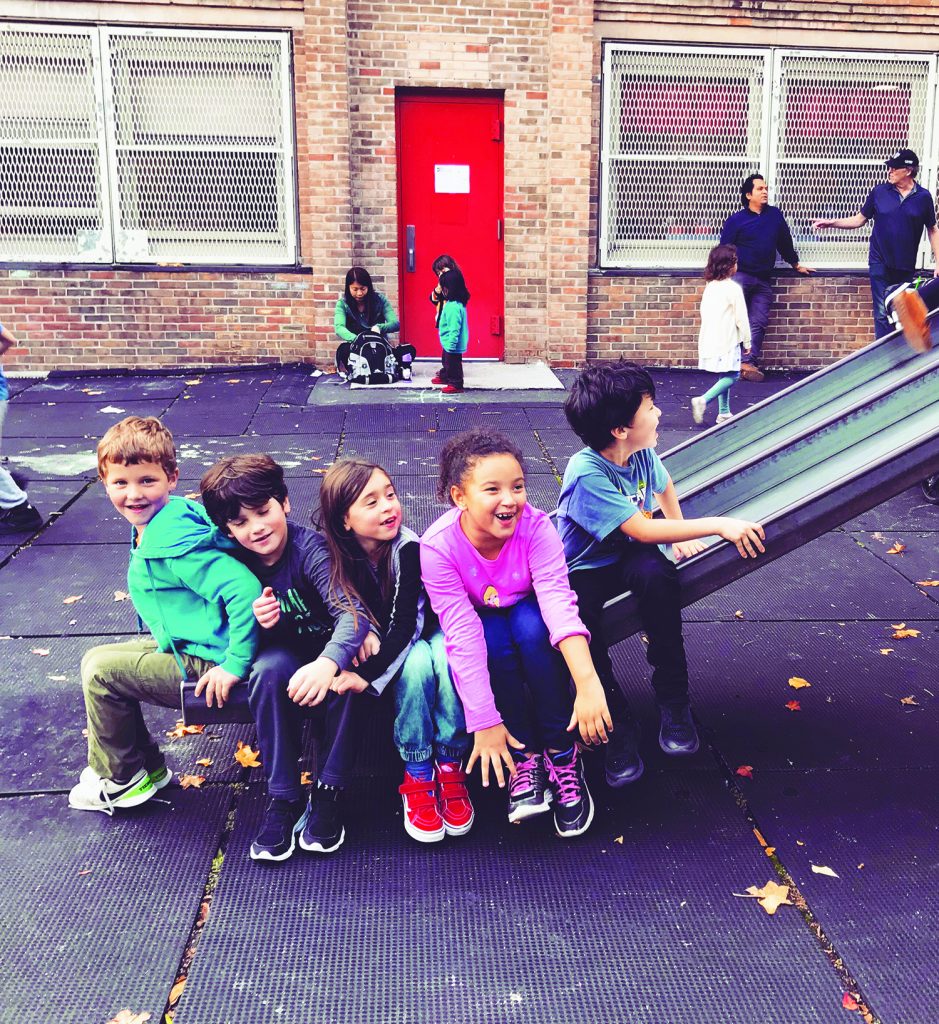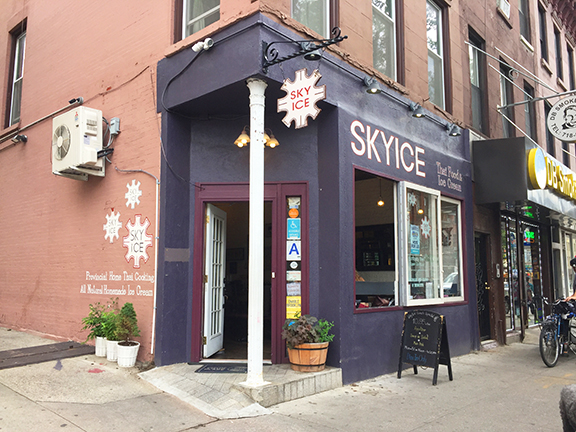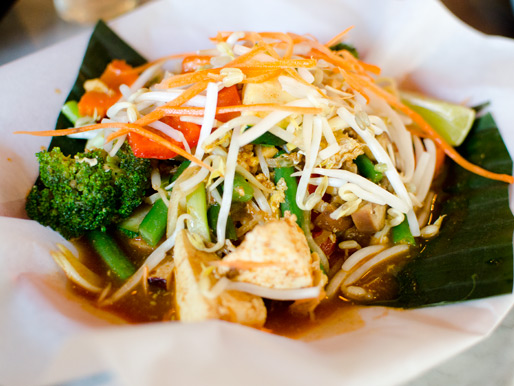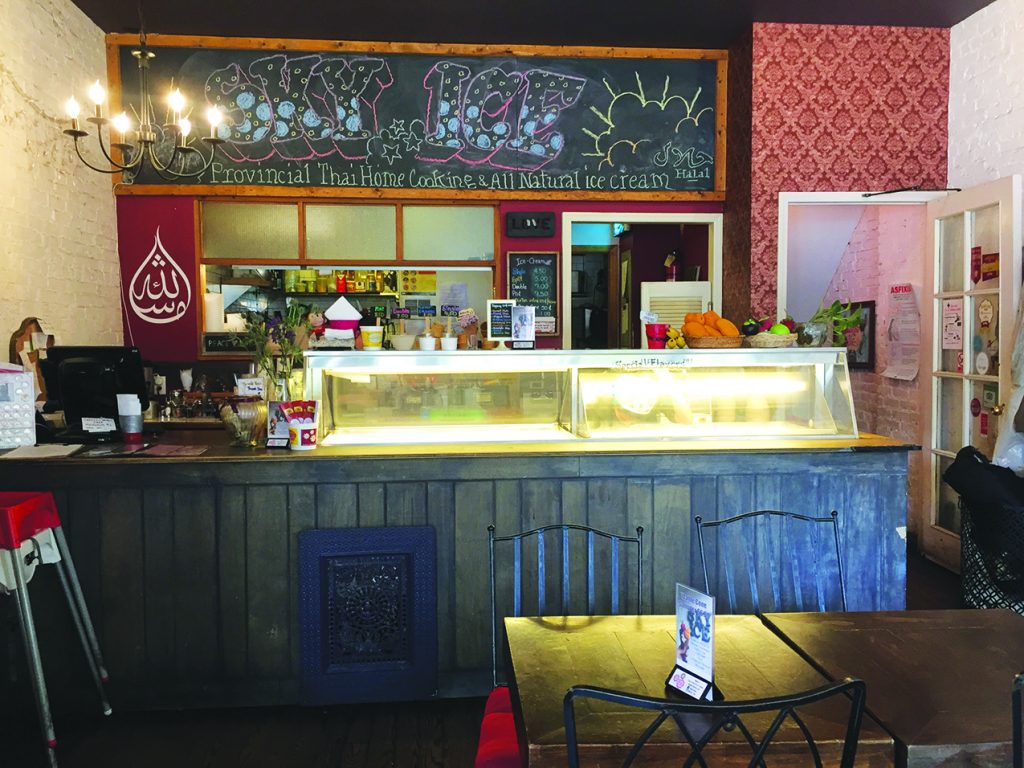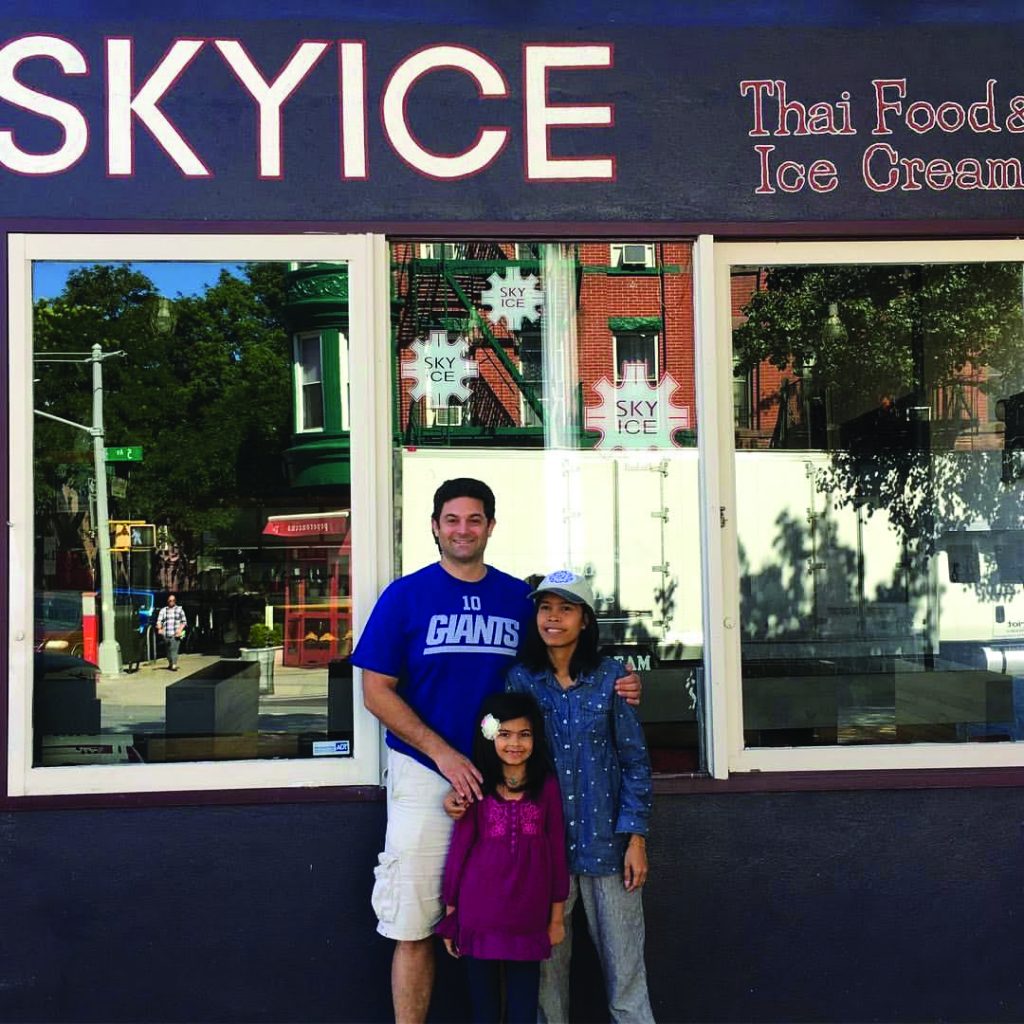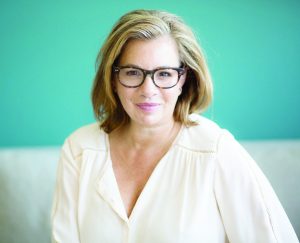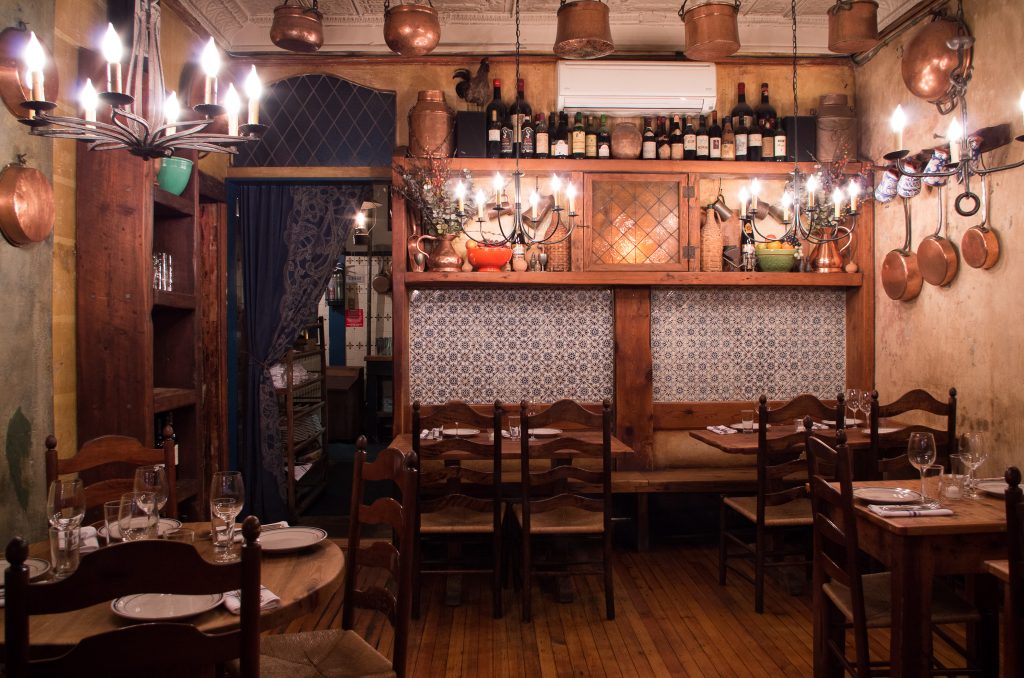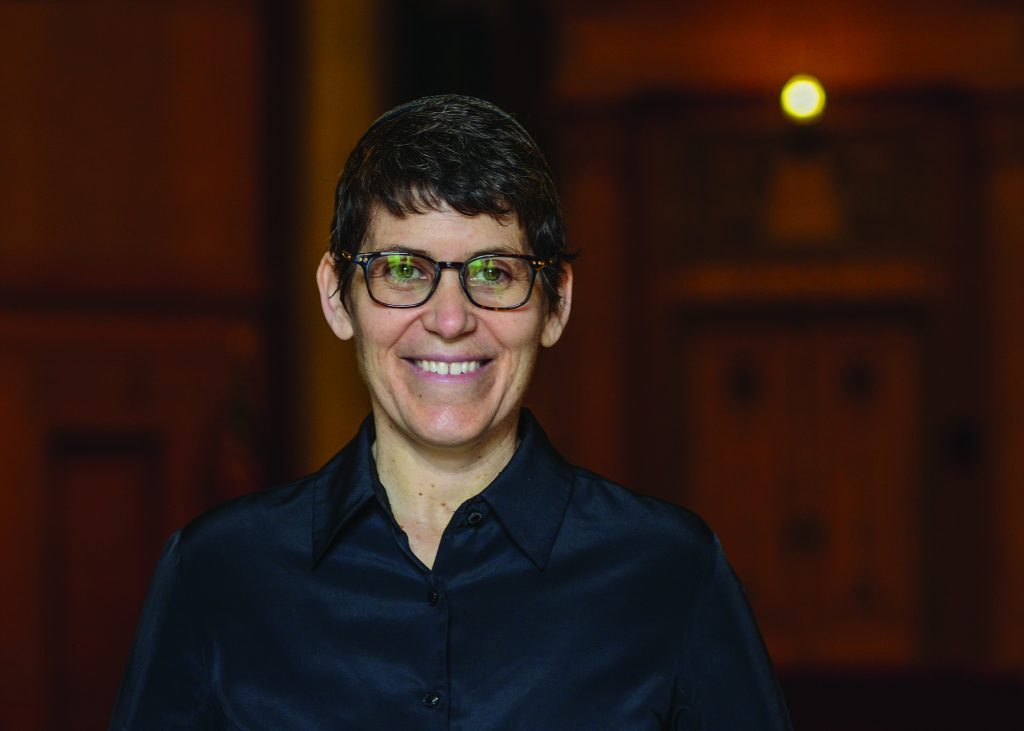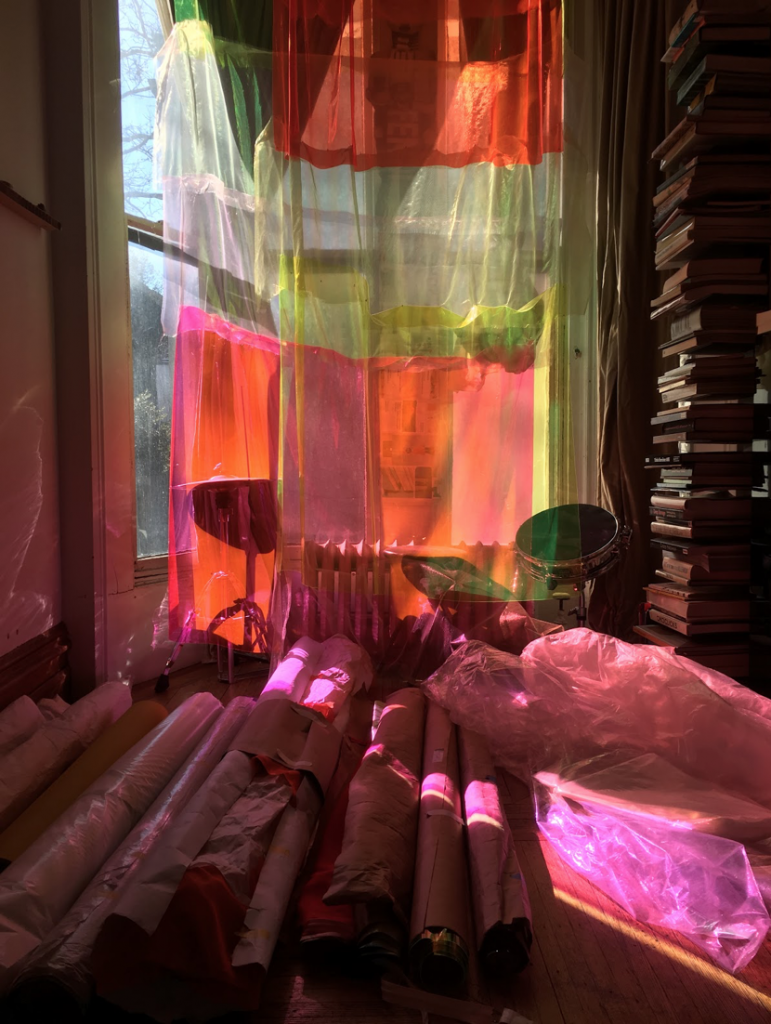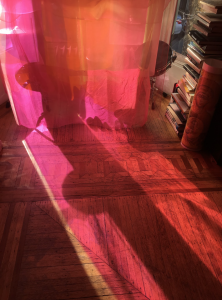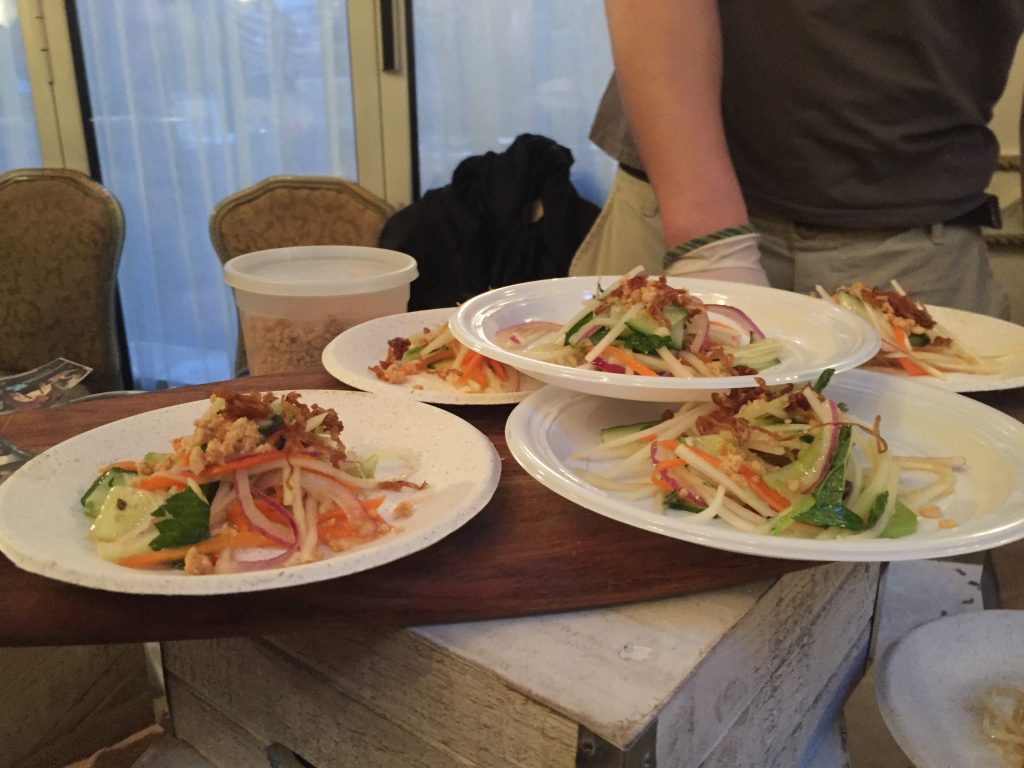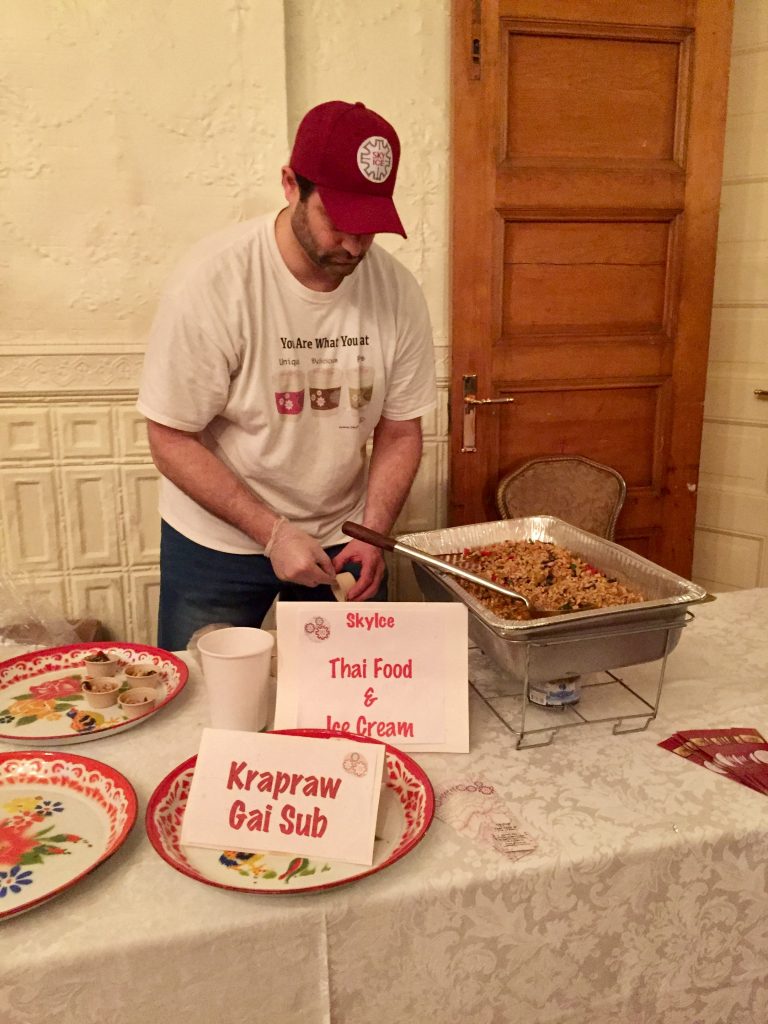
The Slope Survey returns for its 10th installment with Myrta Echevarria.
Myrta was born and raised in Puerto Rico. Wanting to leave the island and explore the world…she came to NYC to further her studies in Education. NYC has been her home base, she has lived in South East Asia as well. After a short stay in Puerto Rico, Myrta returned to Brooklyn with her family, she felt her “family rainbow” needed a diverse community, where her adopted Korean daughter, will fit.
Other than her job in Real Estate, Myrta is a Tai Ji practitioner and has a small fortune teller practice.
What brought you to Park Slope?
In 1982, I was doing my MA at NYU, living in a tiny studio in the Village. A visit to Park Slope was all I needed…I felt in love with Prospect Park, the cool bars and the amount of living space at affordable prices.
What is your most memorable Park Slope moment?
I have to many memorable moments…but I do remember landing in JFK, coming from my Homeland, Puerto Rico and feeling so happy to be back in Park Slope.
Describe your community superpower.
Over the last 18 years I have mostly worked in Real Estate. I loved what I do, helping people sell their homes and getting a new “nest” for others.
If you could change one thing about the neighborhood, what wuld it be?
The thing that worry me the most, is the lack of small stores…especially 7th Avenue has lost many of those great places that I used to enjoyed. The commercial rents drove the smaller business out.
What do you think Park Slope will look like in 10 years?
I think 10 years could make a big difference, if the economy continues to be stable…we will see a lot more bigger buildings and there will be a lost of the tight community feel, which already is dwindling.
What are you reading, would you recommend it?
I have gone back to some of my favorite reads, Metamorphosis by Kafka, The Diaries of Anais Nin…both I found enriching..
What is your greatest extravagance?
I do treat myself to a weekly massage, and a trip to Puerto Rico every few months in search of my Vitamin D…
If you couldn’t live in Park Slope or in Brooklyn, where would you go?
I have many favorite places, Mexico, Spain and of course Puerto Rico!
Who is your hero, real or fictional?
My fictional hero since I was a girl is Wonder Woman…I loved her energy, her outfit and her plane…my other hero is Barack Obama.
Last Word, What is turning you on these days?
These days I’m going back to my witchery roots, doing a lot of Tarot readings,Yi Ching, my tai ji practice and observing life as it evolves…having lots of fun too.

